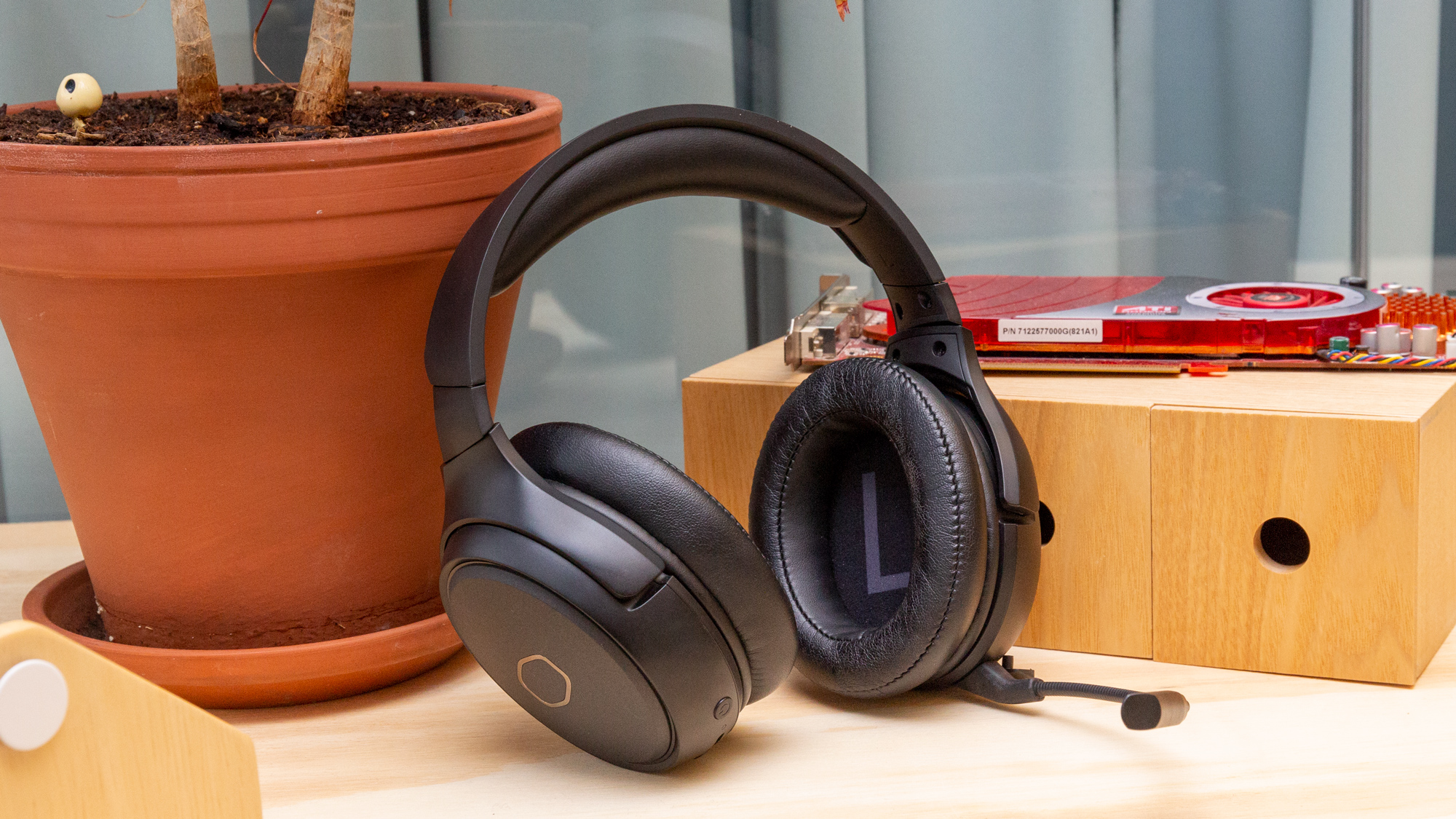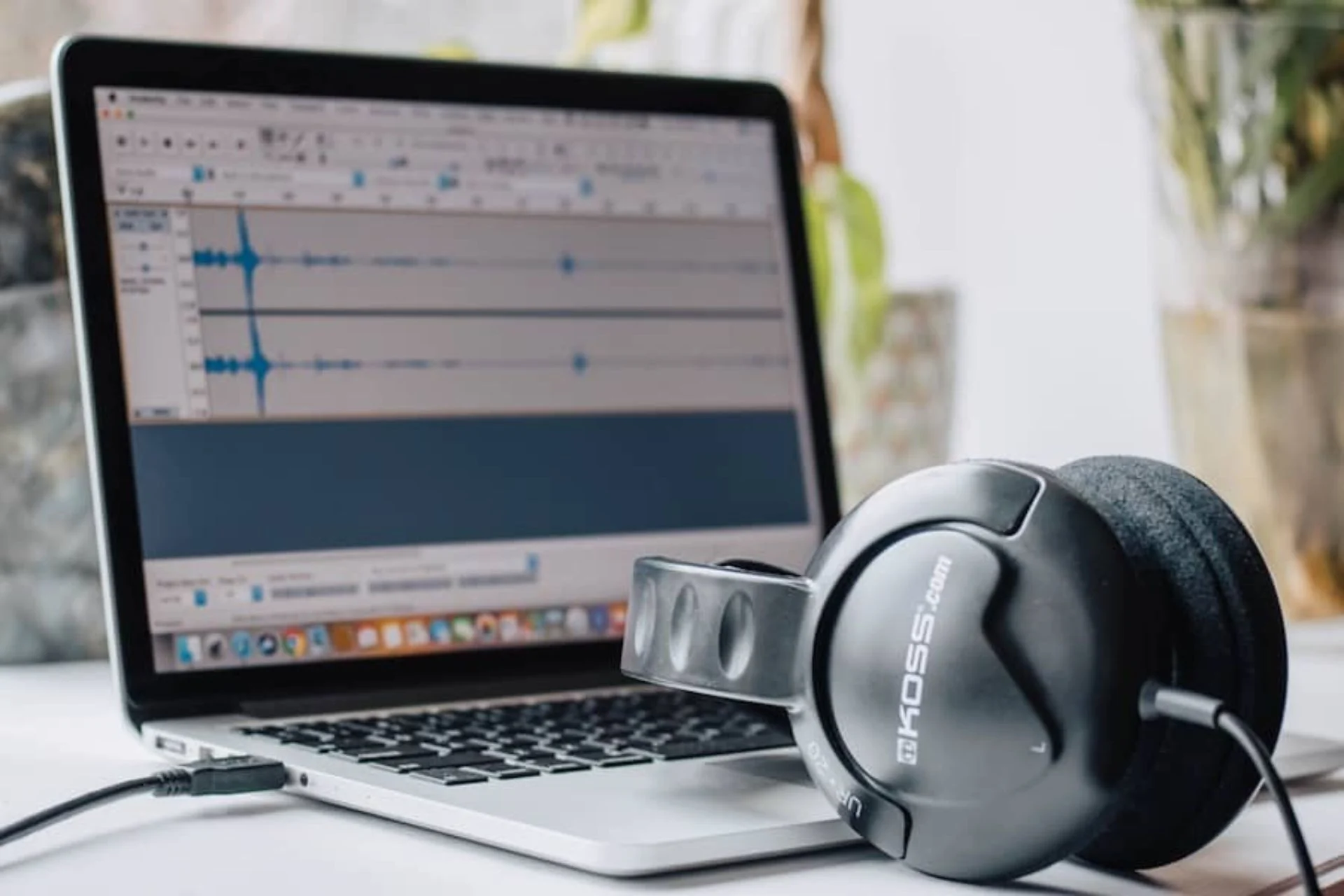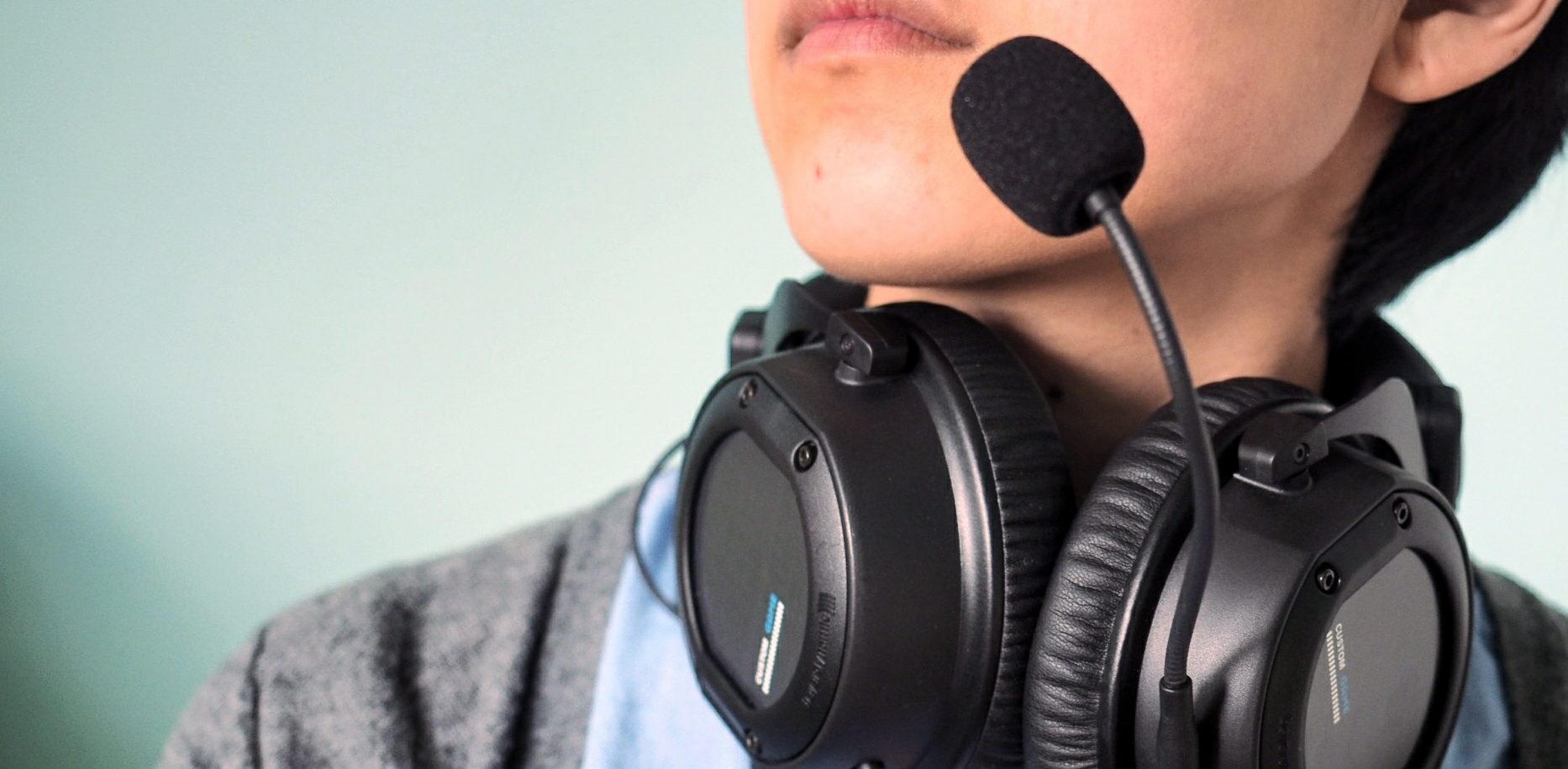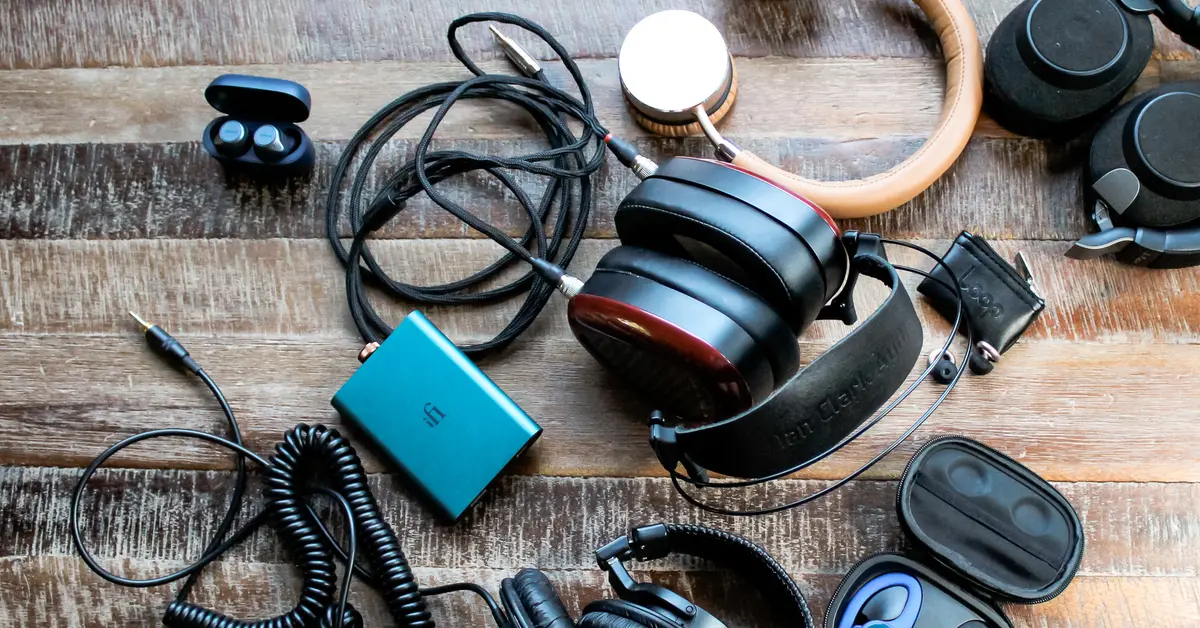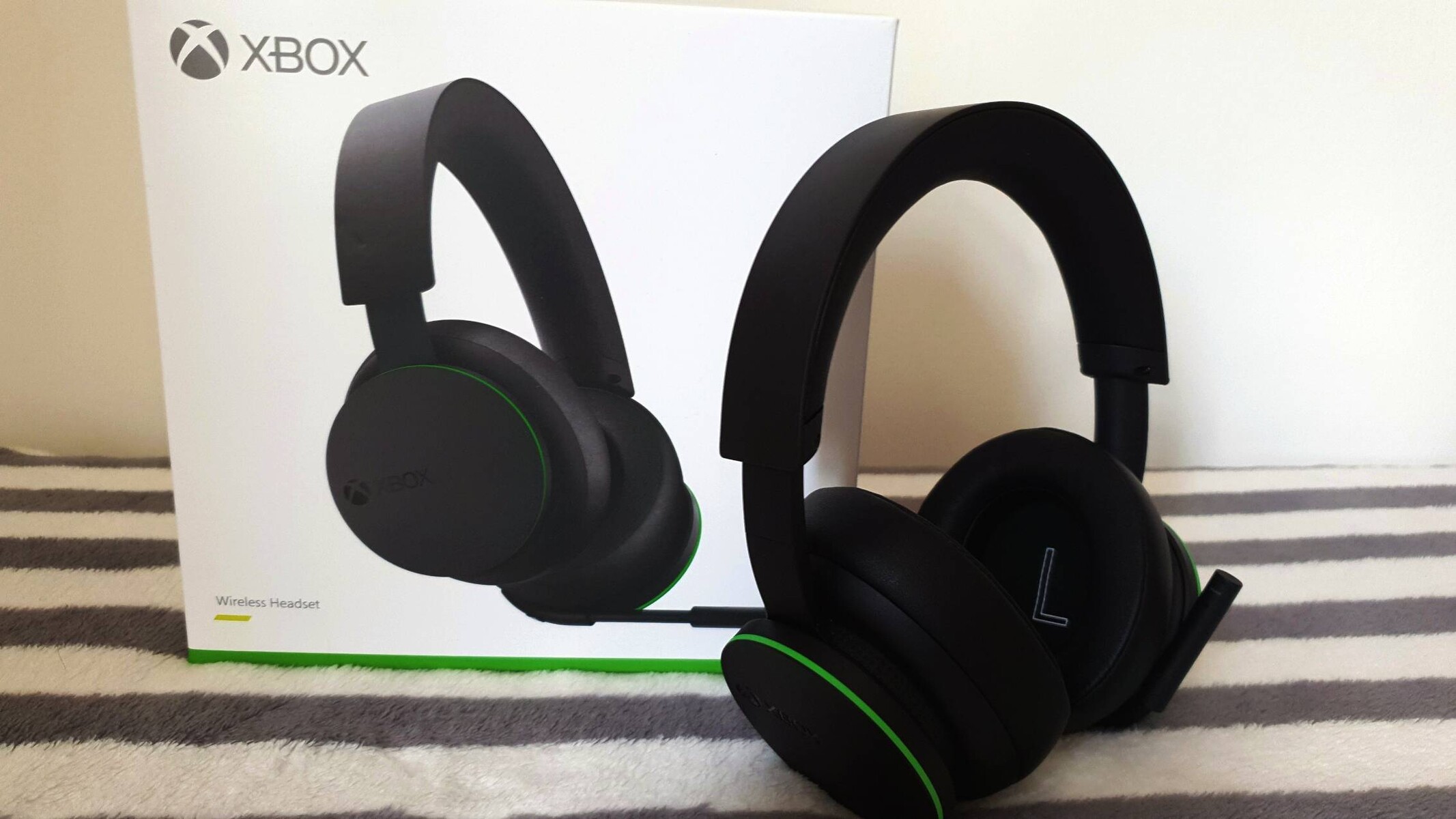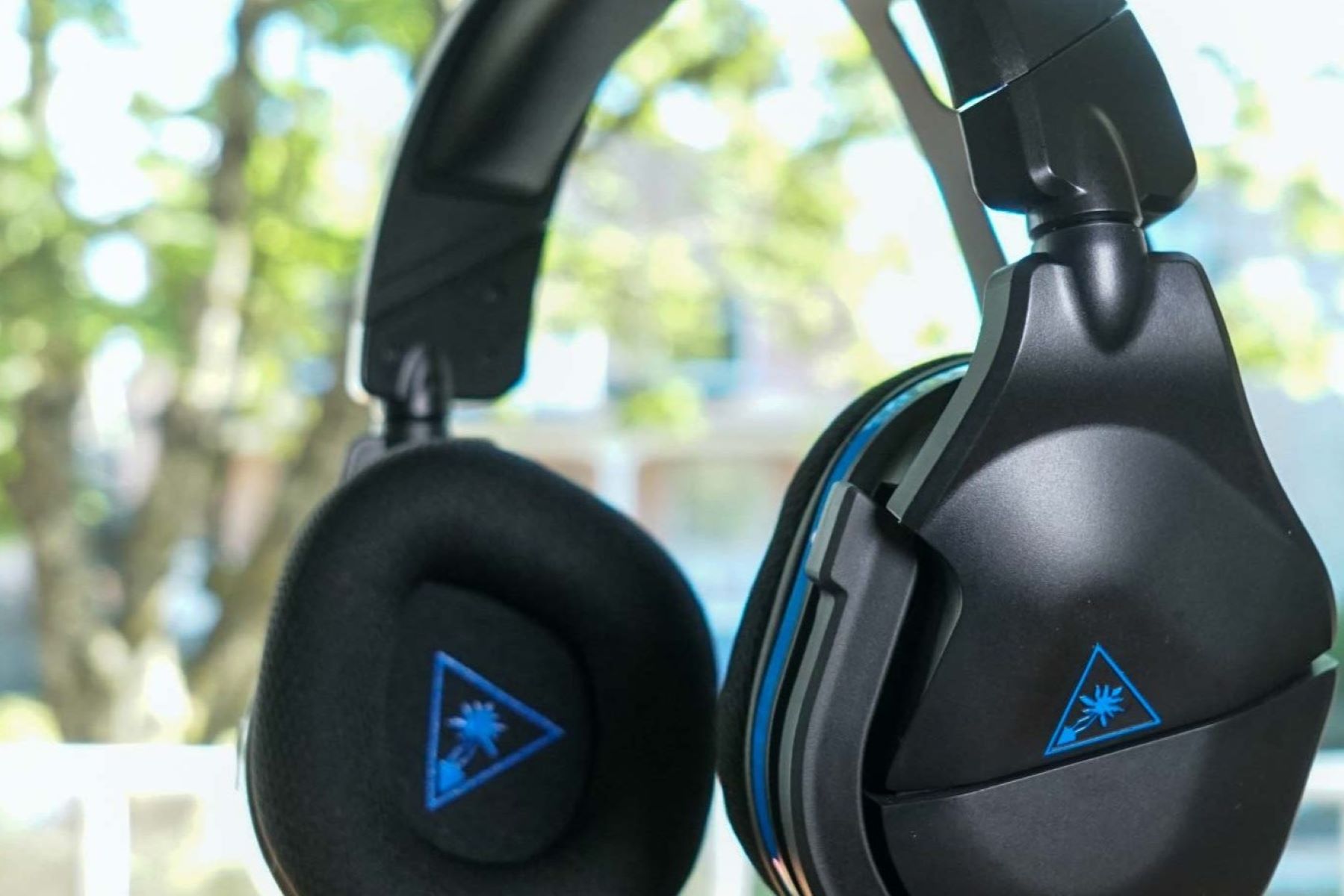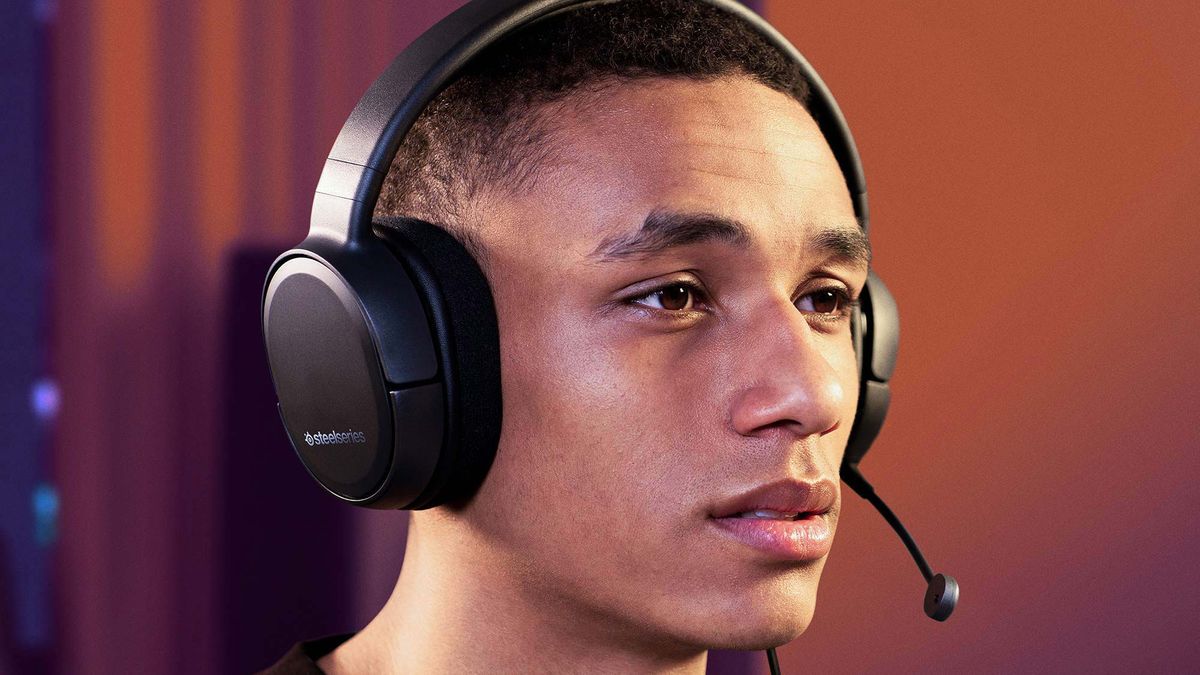Introduction
Welcome to the exciting world of wireless microphones! Whether you're a performer, presenter, fitness instructor, or public speaker, the freedom and flexibility offered by a wireless headset microphone can truly elevate your performance. Gone are the days of being tethered to a stationary microphone stand or worrying about tripping over tangled cables. With a wireless headset, you can move freely, engage your audience, and deliver your message with confidence and clarity.
In this comprehensive guide, we will delve into the art of mastering a wireless headset microphone, covering everything from selecting the right headset to proper wearing techniques and troubleshooting common issues. By the end of this journey, you will be equipped with the knowledge and skills to make the most of your wireless microphone setup, ensuring seamless and professional performances every time.
So, whether you're a seasoned professional looking to refine your technique or a newcomer eager to learn the ropes, this guide is your go-to resource for harnessing the power of wireless microphone technology. Get ready to unlock the potential of your performance and make a lasting impression with the help of your wireless headset microphone. Let's dive in and explore the world of wireless mic mastery!
Choosing the Right Wireless Headset
Selecting the perfect wireless headset is a pivotal first step in mastering the art of wireless microphone usage. When choosing a wireless headset, it's essential to consider several key factors to ensure that it meets your specific needs and preferences.
Sound Quality
The foundation of any exceptional wireless headset is its sound quality. Look for a headset that delivers clear, crisp audio reproduction, capturing the nuances of your voice or instrument accurately. A high-quality microphone element is crucial for transmitting your sound with fidelity, ensuring that your audience hears every word and note with precision.
Comfort and Fit
Comfort is paramount, especially if you'll be wearing the headset for extended periods. Seek a headset with a lightweight design and adjustable headband to provide a secure and comfortable fit. The earpieces should rest gently against your ears without causing discomfort, allowing you to focus on your performance without distractions.
Durability and Build Quality
A durable construction is essential for withstanding the rigors of regular use. Opt for a wireless headset crafted from robust materials that can endure the demands of live performances, rehearsals, or presentations. A sturdy build ensures longevity and reliability, giving you the confidence that your headset will perform consistently, show after show.
Wireless Range and Connectivity
Consider the wireless range and connectivity options offered by the headset. Whether you need to move freely across a stage or cover a large area, a reliable wireless connection is crucial. Look for a headset with a strong and stable wireless signal, minimizing the risk of dropouts or interference during your performance.
Battery Life
Long-lasting battery life is a key consideration, especially for extended events or performances. Ensure that the wireless headset offers sufficient battery capacity to meet your needs, allowing you to focus on your performance without worrying about sudden power depletion.
By carefully evaluating these factors, you can confidently select a wireless headset that aligns with your performance requirements, comfort preferences, and audio fidelity standards. The right wireless headset will serve as your trusted companion, empowering you to deliver captivating performances with freedom and confidence.
Adjusting the Headset for Comfort
Achieving optimal comfort with your wireless headset is essential for maintaining focus and delivering an outstanding performance. Proper adjustment ensures that the headset fits securely and comfortably, allowing you to move freely without distractions. Here's a detailed guide on adjusting your wireless headset for maximum comfort.
Headband Adjustment
Start by adjusting the headband to achieve a snug yet comfortable fit. Place the headset over your head, ensuring that the headband rests securely and evenly across the top of your head. If the headband is adjustable, gently slide or expand it to find the ideal fit. The goal is to prevent the headset from feeling too tight or too loose, striking a balance that provides stability without causing discomfort.
Earpiece Positioning
Position the earpieces over your ears, ensuring that they rest gently and securely. The earpieces should align comfortably with your ears, creating a seal without exerting excessive pressure. If the headset features swiveling earpieces, adjust them to align with the natural angle of your ears, promoting a comfortable and secure fit. Proper earpiece positioning is crucial for minimizing external noise and maximizing your ability to hear your own voice or instrument clearly.
Mic Boom Adjustment
If your wireless headset includes a flexible mic boom, take the time to adjust its position for optimum microphone placement. Position the mic boom close to the corner of your mouth, approximately one finger's width away, to ensure clear and consistent audio pickup. Adjust the mic boom's angle to align with the natural contour of your face, allowing the microphone element to capture your voice accurately without obstructing your movements or causing discomfort.
Cable Management
If your wireless headset utilizes cables for connecting the earpieces and microphone, take care to manage the cables effectively. Tuck any excess cable length neatly along the headband or behind your clothing, minimizing the risk of entanglement or interference during your performance. A tidy cable arrangement not only enhances comfort but also presents a professional and polished appearance.
By meticulously adjusting the headband, earpieces, mic boom, and cables, you can tailor your wireless headset to provide unparalleled comfort and stability. A well-adjusted headset allows you to focus on your performance, express yourself confidently, and engage your audience without the burden of discomfort or distraction. Embrace the freedom and flexibility of your wireless headset, knowing that it has been meticulously tailored to support your artistic expression and deliver an exceptional performance.
Proper Placement of the Microphone
Proper placement of the microphone is a critical aspect of maximizing the performance and functionality of your wireless headset. Achieving the ideal microphone position ensures that your voice or instrument is captured accurately, allowing you to deliver clear and articulate sound without compromise. Here's a detailed exploration of the key considerations for placing the microphone of your wireless headset with precision and finesse.
Mic Boom Positioning
The mic boom, or microphone arm, plays a pivotal role in determining the proximity and angle of the microphone element to your mouth. Position the mic boom approximately one finger's width away from the corner of your mouth, striking a balance between close proximity for optimal audio capture and sufficient distance to prevent breath and plosive noises from overwhelming the microphone. This positioning facilitates clear and consistent vocal reproduction, ensuring that your voice is projected with clarity and articulation.
Microphone Angle
Adjust the angle of the microphone element to align with the natural contour of your face. The microphone should be positioned at a slight angle, pointing towards the corner of your mouth or the center of your chin, depending on the specific design of your wireless headset. This angle optimizes the microphone's ability to capture your voice while minimizing the intrusion of ambient noise or unwanted sound sources. By angling the microphone strategically, you can achieve a balance between capturing your voice accurately and mitigating external distractions.
Mouth Proximity
Maintain a consistent and optimal distance between your mouth and the microphone. While the exact distance may vary based on the microphone's specifications and your personal vocal dynamics, a general guideline is to position the microphone approximately 1-2 inches from your mouth. This proximity facilitates clear articulation and vocal projection while minimizing the potential for breath noises or exaggerated plosives. Experiment with different distances to find the sweet spot that allows your voice to shine without overwhelming the microphone with excessive volume or proximity.
Testing and Adjustment
Once you've positioned the microphone according to the guidelines, take the time to test and fine-tune the placement. Speak or sing at varying volumes and pitches, paying attention to the clarity and consistency of the captured sound. Listen for any distortions, muffled tones, or excessive breath sounds, and make subtle adjustments to the microphone's position as needed. By actively testing and refining the microphone placement, you can ensure that your wireless headset captures your voice with precision and fidelity, empowering you to deliver captivating performances with confidence and clarity.
By mastering the art of proper microphone placement, you can harness the full potential of your wireless headset, elevating your performances to new heights of professionalism and impact. With a keen understanding of mic boom positioning, microphone angle, mouth proximity, and fine-tuning techniques, you can unleash the true power of your voice or instrument, captivating your audience and leaving a lasting impression with every performance.
Avoiding Interference and Signal Loss
Ensuring a stable and uninterrupted wireless signal is paramount for a seamless and professional performance. To avoid interference and signal loss, consider implementing the following strategies and best practices:
Frequency Selection
Selecting the appropriate frequency for your wireless headset is crucial in minimizing the risk of interference. In environments where multiple wireless devices are in use, such as concert venues or conference settings, frequency coordination is essential. Utilize frequency scanning tools or consult with venue technicians to identify and allocate clean frequencies for your wireless headset, reducing the likelihood of signal conflicts.
Antenna Positioning
Optimize the positioning of the wireless headset's antennas to enhance signal reception and transmission. If your wireless system features external antennas, ensure that they are extended fully and positioned vertically for optimal signal coverage. Avoid obstructions and metal barriers that can impede signal propagation, and consider utilizing diversity antenna configurations to mitigate signal dropouts caused by multipath interference.
Interference Monitoring
Remain vigilant for potential sources of interference, such as nearby electronic devices, wireless routers, or high-powered lighting equipment. Conduct thorough sound checks and rehearsals to identify and address any interference issues before your performance. Stay attuned to the wireless signal strength indicators on your receiver, promptly addressing any fluctuations or anomalies that may indicate interference.
Signal Path Integrity
Maintain a clear and unobstructed signal path between the wireless transmitter and receiver. Minimize physical barriers and obstructions that can attenuate the wireless signal, such as large metal structures, dense walls, or other wireless devices operating in close proximity. Position the receiver in a central location with line-of-sight to the transmitter, optimizing signal integrity and reducing the potential for signal loss.
Signal Redundancy
Consider implementing signal redundancy measures to safeguard against signal loss. Dual-channel wireless systems or backup frequency presets can provide a safety net in the event of primary signal disruptions. By incorporating redundancy into your wireless setup, you can mitigate the impact of unexpected interference or signal fluctuations, ensuring uninterrupted performance continuity.
By implementing these proactive measures and maintaining a keen awareness of potential interference sources, you can minimize the risk of signal loss and interference, allowing your wireless headset to operate reliably and consistently. With a robust and interference-resistant wireless setup, you can focus on delivering captivating performances with confidence, knowing that your wireless microphone system is primed for success.
Maintaining and Caring for Your Wireless Headset
Proper maintenance and care are essential for preserving the functionality and longevity of your wireless headset. By implementing routine maintenance practices and adopting a proactive approach to caring for your equipment, you can ensure that your wireless headset performs reliably and consistently, enriching your performances with uninterrupted freedom and exceptional sound quality.
Cleaning and Hygiene
Regular cleaning is crucial for preserving the hygiene and pristine condition of your wireless headset. Use a soft, lint-free cloth to gently wipe down the exterior surfaces, earpieces, headband, and mic boom, removing accumulated sweat, dust, or debris. For deeper cleaning, consider using a mild solution of water and gentle soap to sanitize the contact areas and eliminate any residue that may compromise comfort or sound quality.
Storage and Protection
Proper storage is paramount for safeguarding your wireless headset from damage or environmental factors. When not in use, store the headset in a protective case or pouch to shield it from dust, moisture, and physical impact. Avoid exposing the headset to extreme temperatures or direct sunlight, as prolonged exposure to adverse conditions can degrade the materials and components, compromising performance and longevity.
Battery Maintenance
If your wireless headset incorporates a rechargeable battery, adhere to the manufacturer's guidelines for battery maintenance. Follow recommended charging cycles and avoid overcharging, as excessive charging can diminish the battery's capacity over time. When storing the headset for extended periods, ensure that the battery is adequately charged to prevent deep discharge, which can impact battery health.
Cable and Connector Care
Inspect the cables and connectors of your wireless headset regularly to identify any signs of wear, fraying, or damage. Gently straighten any kinks or tangles in the cables to prevent strain or signal degradation. Ensure that the connectors are clean and free of debris, promoting reliable signal transmission and minimizing the risk of connectivity issues during performances.
Professional Servicing
Consider periodic professional servicing to maintain the optimal performance of your wireless headset. Engage qualified technicians or authorized service centers to conduct thorough inspections, cleanings, and component checks. Professional servicing can address underlying issues, prolong the lifespan of your wireless headset, and ensure that it continues to deliver exceptional sound quality and reliability.
By incorporating these maintenance and care practices into your routine, you can preserve the pristine condition and operational integrity of your wireless headset. With a well-maintained and cared-for wireless headset at your disposal, you can approach each performance with confidence and assurance, knowing that your equipment is primed to support your artistic expression and captivate your audience with unparalleled sound quality and reliability.







